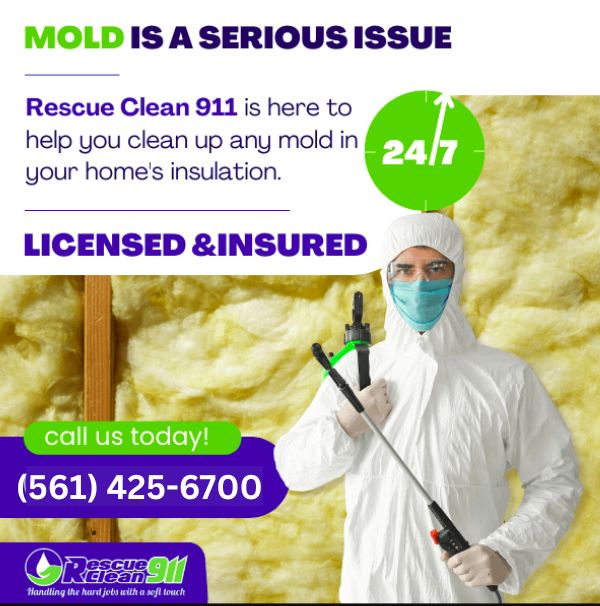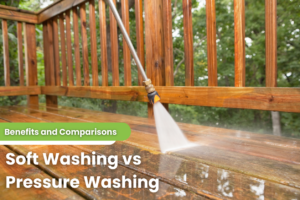Mold is a fungus that thrives in moist environments. It can grow on organic materials such as wood, paper, fabric, and all kinds of materials. This makes us ask the question – “can mold grow in insulation?”
The short answer is YES.
However, there are a few things to keep in mind.
- First of all, not all mold is created equal. There are many different types of mold, and some are more dangerous than others.
- Second, the amount of mold that can grow in insulation will depend on the type of insulation and the conditions it is in. For example, fiberglass insulation is less likely to support mold growth than cellulose insulation.
- And finally, if you find mold growing in your insulation, clean it up as soon as possible to prevent it from spreading.
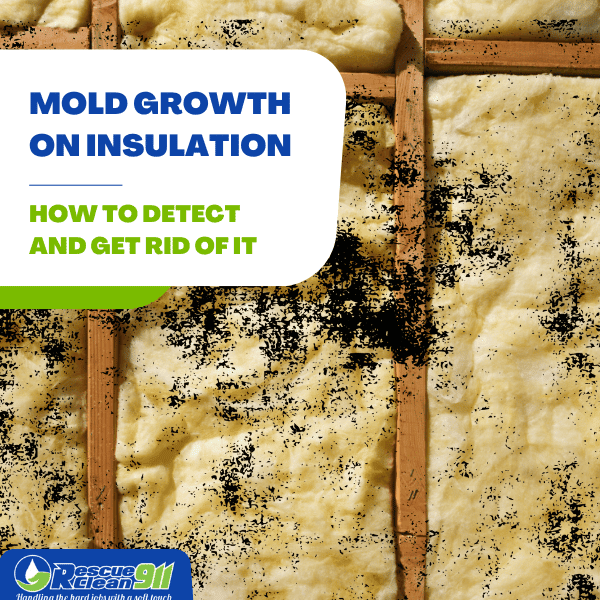
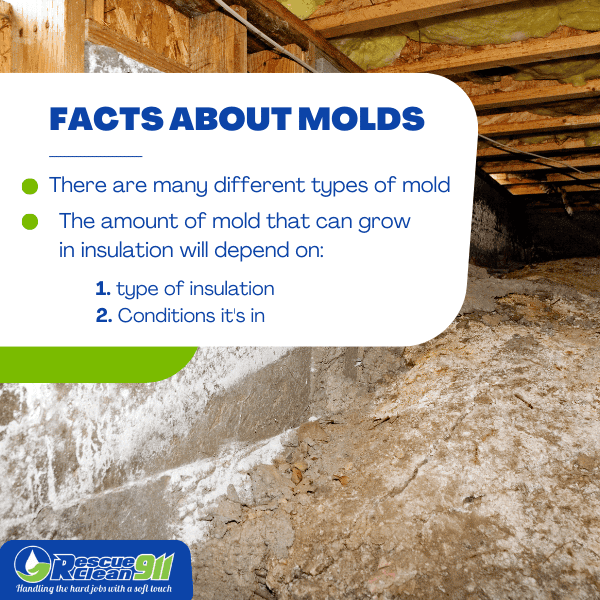
Mold can cause respiratory and other health issues, so removing any mold you find and taking steps to prevent its growth is important.
When mold grows on insulation, it can cause health problems for people exposed to it. It can also cause skin irritation and infections.
What are the dangers of mold growth on your insulation?
Moldy insulation is not good because it can make you and your family sick. It can cause the following:
- asthma
- allergies,
- Property damage, and
- other problems.
It’s important to keep your home clean and free of mold to stay healthy. Preventing mold growth is better than curing health problems that it may cause.
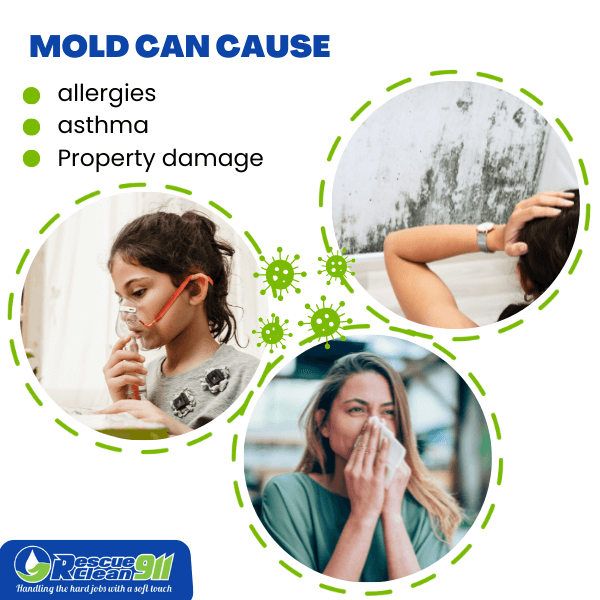
How to tell if you have a mold problem with your insulation
Several signs can indicate you have a mold problem with your insulation.
- First, you may notice that your insulation is discolored or has an odd smell.
- Musty or earthy odor
- Visible mold growth
- Water damage
- Stains or dark spots on insulation
- Discoloration of walls or ceilings
- Peeling paint
- Cracks in walls or ceilings
Heavy mold growth can be difficult to remove, so taking action as soon as you suspect a problem is important.
If you see any of these signs, it’s important to call a professional to inspect your home to prevent mold spores from spreading.
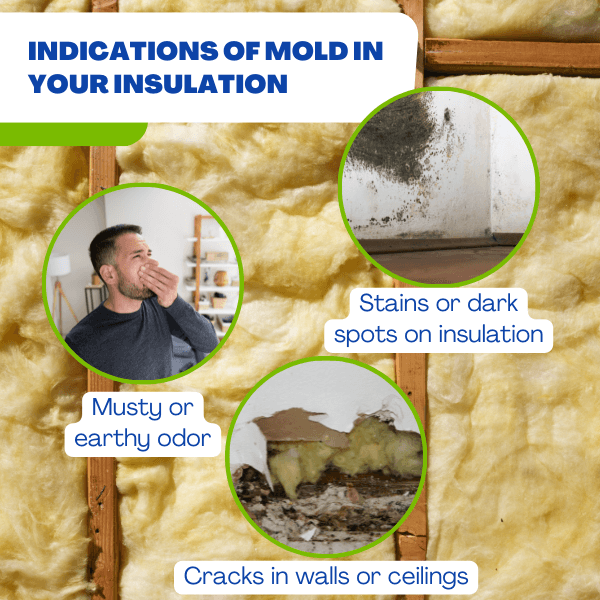
What to do if you think mold is growing on your insulation
If you think mold may grow on your insulation, it is important to take action immediately.
The first step is to determine whether or not the insulation is contaminated with mold. You can do this by visually inspecting the insulation and looking for any signs of mold growth. If you see any mold, you will need to take further action to remove it. Mold prevention is better than cure of health issues.
If you do not see any mold but are still concerned that it is contaminated, you can test it for mold. There are a few different ways to do this. Use a black light to check it. If the insulation tests positive for mold, you will need to take further action to remove it.
If the insulation does not test positive for mold, then there is no need to take further action.
However, it is still a good idea to keep an eye on the insulation and look for any signs of mold growth. If you see any signs of mold, you will need to take further action to remove it.
The best way to remove mold from insulation is to use a product specifically designed for this purpose.
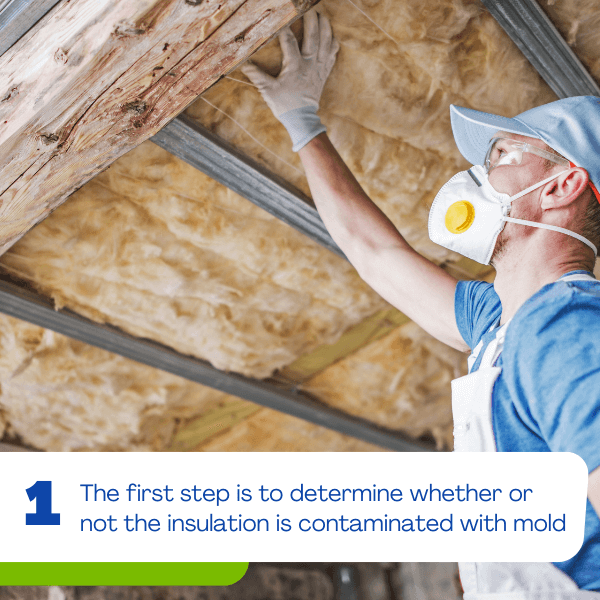
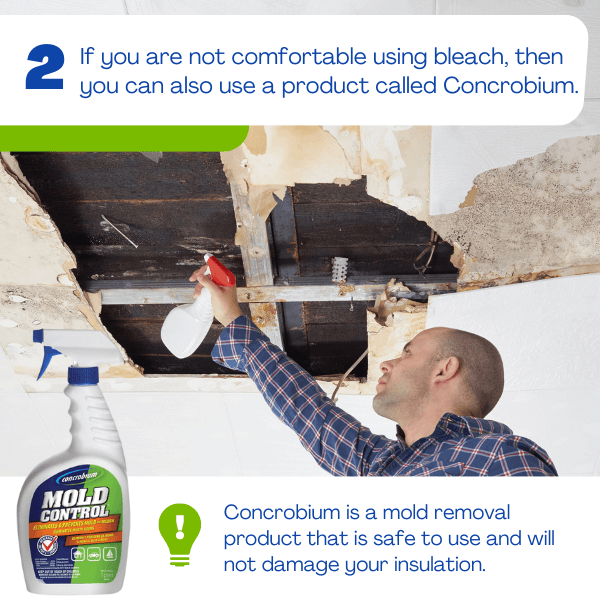
Use bleach
The most effective is bleach. You will need to follow the directions on the bleach carefully. It should be able to kill the mold and remove it from your insulation.
You can use cellulose insulation to enclose open exterior walls in your home. It helps to prevent mold contamination.
Concrobium
If you are not comfortable using bleach, then you can also use a product called Concrobium. Concrobium is a mold removal product that is safe to use and will not damage your insulation.
Mold Resistant Insulation Benefits
Mold-resistant insulation will help your home be safer for your family.
Once you have removed the mold from your insulation, it is important to ensure that the area is adequately ventilated. It will help to prevent the mold from returning.
If you cannot ventilate the area, you must replace the insulation.
Using spray foam insulation can increase moist control on walls, roof sheathing, and other mold-prone areas of your home.
How to get rid of the mold if it is growing on your insulation
If you see any signs of mold, you will want to take action immediately.
- You can get rid of mold by mixing bleach and water.
- First, mix one gallon of water with one cup of bleach.
- Then, use a spray bottle to spray the mixture onto the moldy insulation.
- Let the mixture sit for about 10 minutes, then rinse it with water.
- You can also use a vacuum with a HEPA filter to remove mold from insulation.
- Be sure to throw away the vacuum bag after you’re done so that the mold doesn’t spread.
- You should also wear gloves and a mask when handling moldy insulation.
If you have any questions about how to get rid of mold, you can always ask a professional.
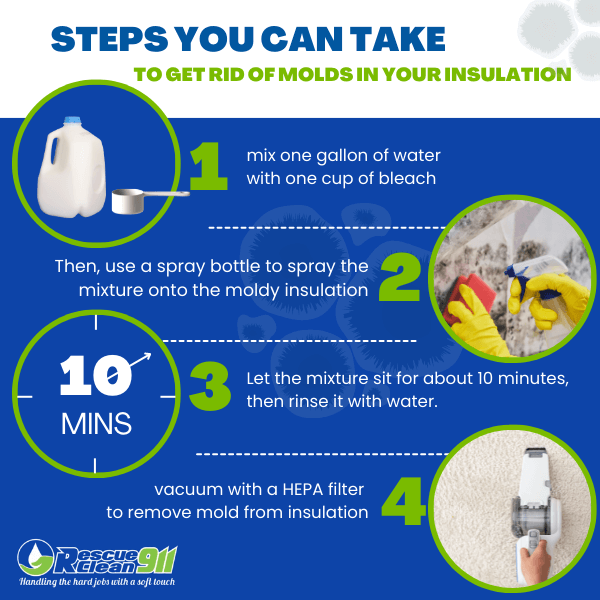
Why is indoor air quality essential?
Indoor air quality is important for many reasons. It can impact your health, comfort, and even your productivity. If you suspect that there may be mold growing on your insulation, it’s important to have it inspected and removed as soon as possible.
You can do a few things to maintain indoor air quality and keep mold spores at bay.
- Keep your home clean and free of clutter. This will help to create a less favorable environment for mold spores.
- Ventilate your home regularly. This will help to circulate fresh air and reduce moisture levels.
- Use a dehumidifier to keep the humidity level in your home below 50%.
- If you see any signs of mold, clean it up right away. Mold can be dangerous if inhaled, so it’s important to take precautions.
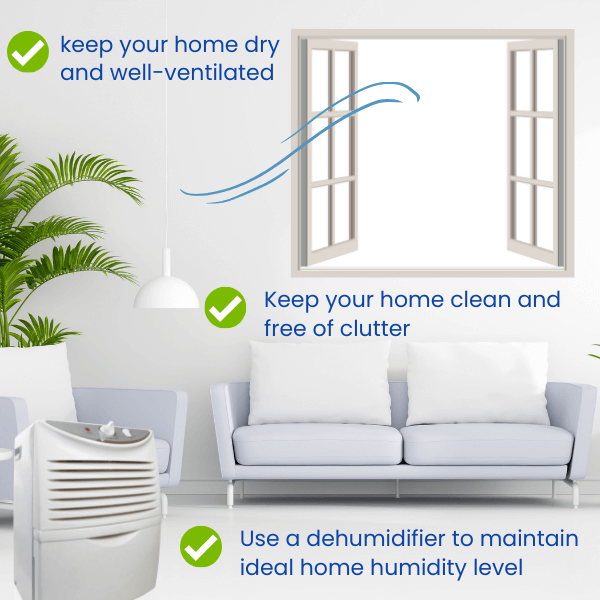
What are the effects of Moldy fiberglass insulation?
The presence of mold in fiberglass insulation can present a health hazard if you experience any respiratory problems, water damage, or other signs of mold. It is important to have the insulation inspected and potentially replaced.
Moldy fiberglass insulation can release spores into the air, which can cause a variety of health problems, including:
- Allergic reactions
- Asthma
- Coughing
- Eye irritation
- Nasal congestion
- Sneezing
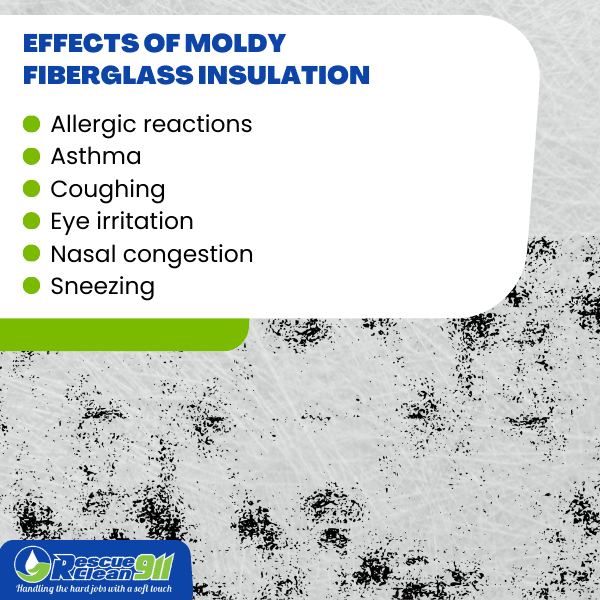
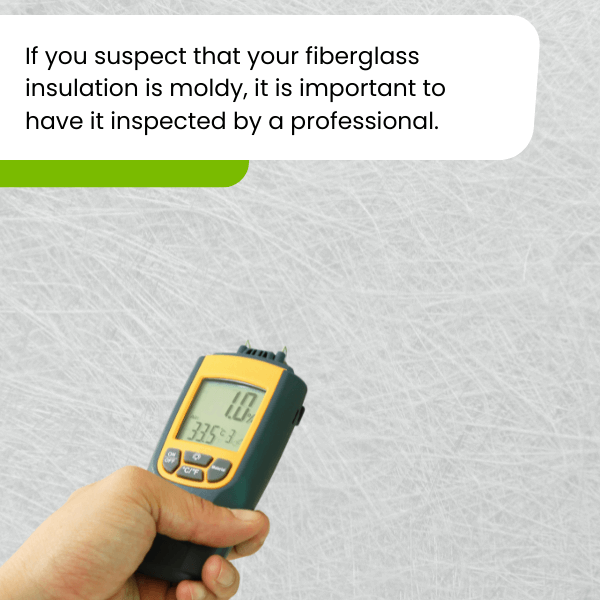
If you suspect that your fiberglass insulation is moldy, it is important to have it inspected by a professional. They will be able to determine the extent of the problem and recommend the best course of action. Sometimes, the moldy insulation will need to be removed and replaced.
When It Comes to Mold - Prevention Is Better Than Cure
Mold can grow on insulation.
- If you find mold on your insulation, you should remove it and take steps to prevent its growth. It can cause respiratory problems, such as allergies and asthma. It can also cause skin irritation and infections.
- There are a few ways to remove mold from insulation. You can use a vacuum with a HEPA filter to remove mold spores from the air. You can also remove the affected one and replace it with new insulation.
- If the mold grows on porous insulation, such as fiberglass, you may need to replace the entire insulation section.
If in case your insulation is already infested with mold, it’s time to call on the professionals.
At Rescue Clean 911, we will ensure that your family is safe and healthy, so we offer a 100% satisfaction guarantee on all our services. If you’re not happy with the results, we’ll work until you are.
Call Rescue Clean 911 now for a free consultation. We will help you prevent mold growth from coming back and cure mold problems. So, anytime you wonder, “can mold grow on insulation,” you now know the answer is YES. And we can help you!
